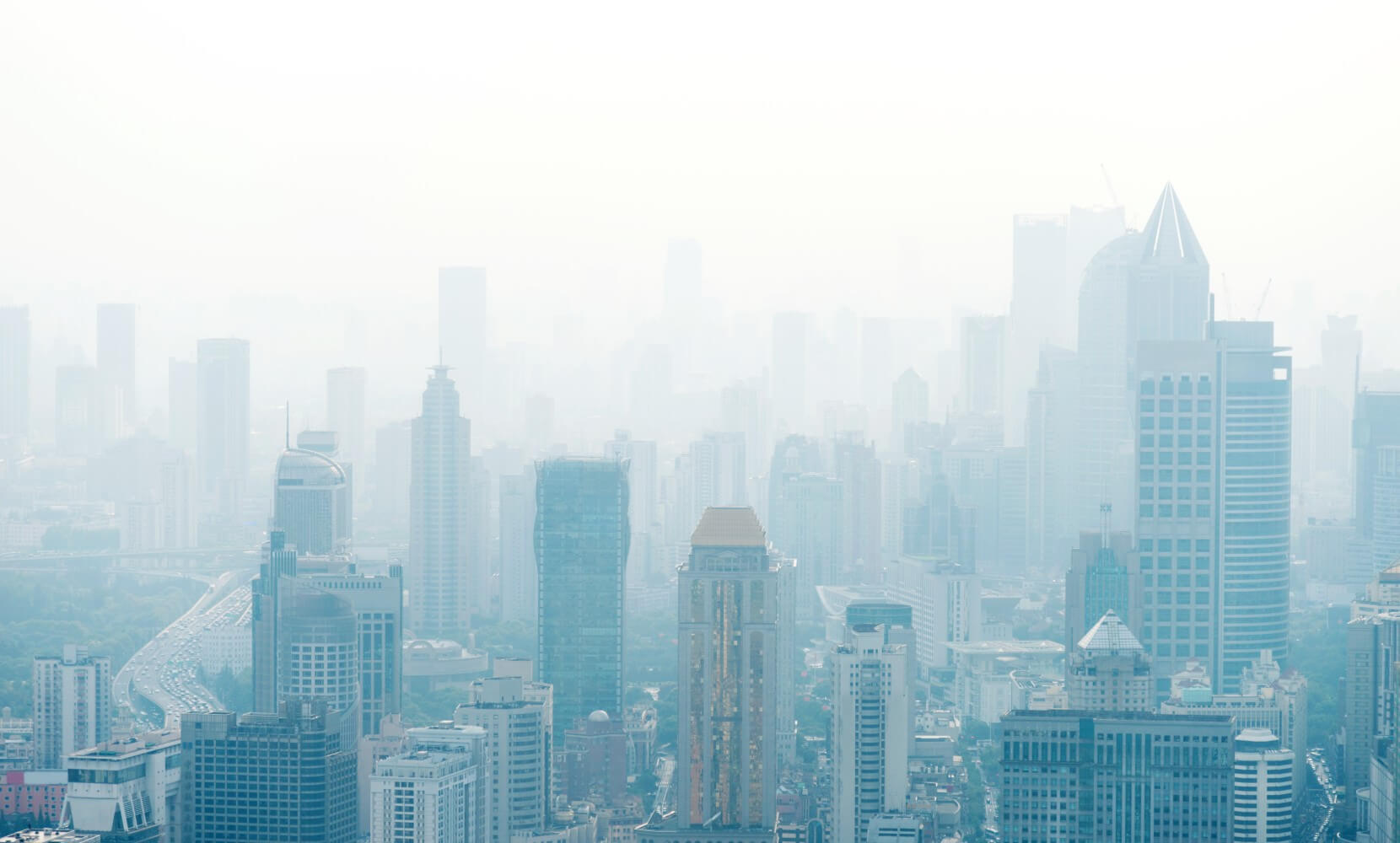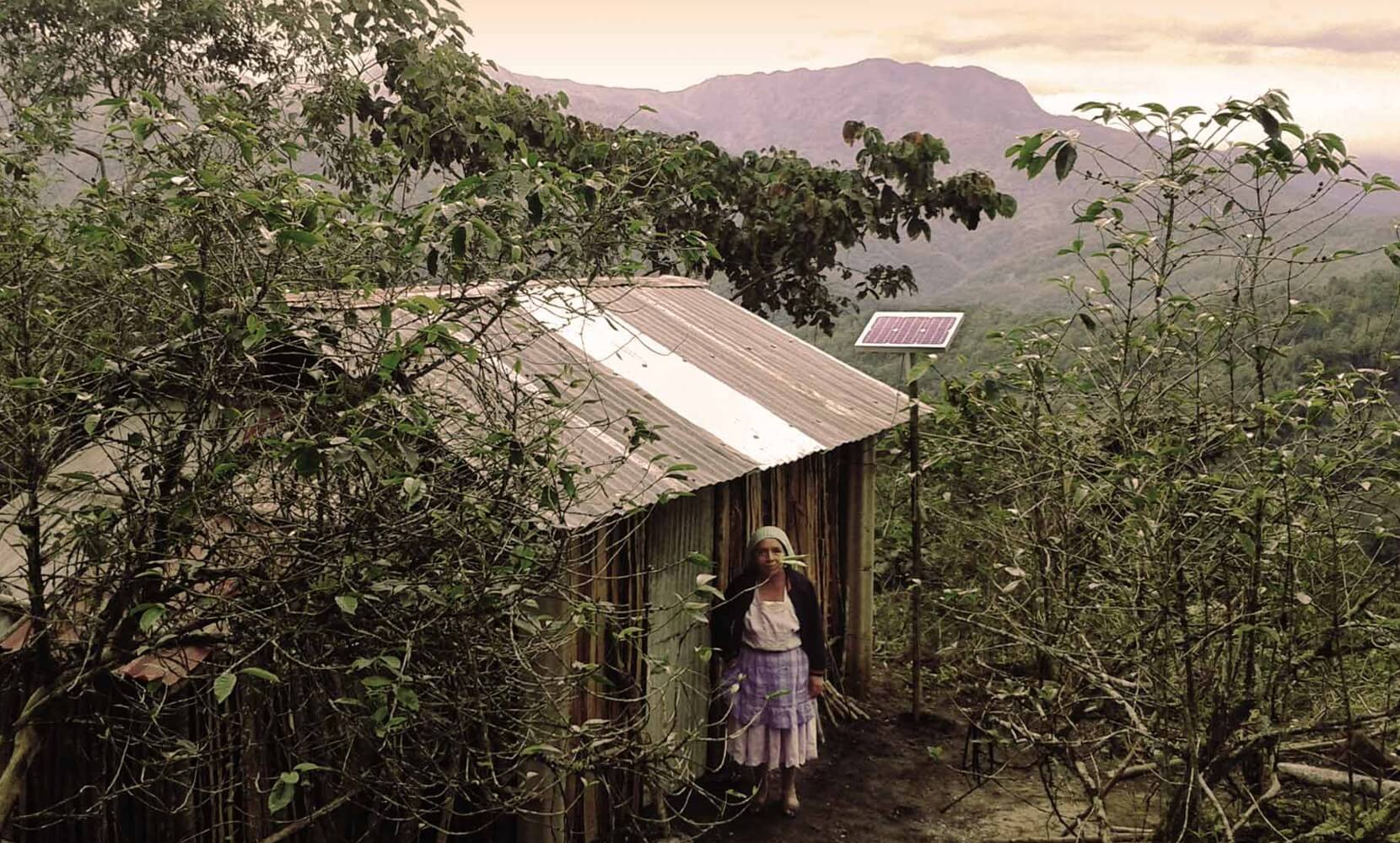What is sustainable regeneration?
Regeneration, according to the dictionary, is the act of breathing new life into something that has degenerated, in order to restore or improve it.
Hence, sustainable regeneration involves taking action to repair what has been destroyed. These types of projects are focused on trying to restore some of what has been lost as a result of human activity and, as such, mitigate the consequences of climate change.
Now that we are aware of the damage that we have caused, regeneration is a commitment to reconcile with nature and work with it to restore its balance.
Kintsugi
Generating a positive impact: A step beyond sustainability
Following the 1987 Brundtland Report, which went into great detail about the concept of sustainability, we began to take note, for the first time, of the negative consequences of economic development on the environment and the urgency of minimising the impact of our actions on nature.
At this point, however, where studies such as the latest IPCC report conclude that human activity is irrefutably to blame for the planet's deterioration, sustainability, as an idea of not inflicting further damage to our ecosystems, is no longer enough for us to meet the present and future challenges that global warming poses.

Therefore, sustainable regeneration is a step beyond sustainability. This is because it tries not only to prevent the exploitation of the planet's resources, but to repair what has already been destroyed and mitigate the consequences of that devastation in order to actively improve and restore the conditions conducive to life. Reverse and restore — this is the idea at the core of the new regenerative culture.
Neutrality alone cannot be the objective in environmental strategies. Sustainable regeneration will continue to have a positive impact on the planet: developing tactics for capturing CO₂ emissions, recovering biodiversity, circular waste management and reuse of water. This range of activities focuses on reversing some of the most urgent climate indicators.
The objective of regeneration is to unite, add value and positively impact the planet.
To do so, it is crucial that we have three regenerative elements in place:
- Environmental recovery
- Social justice
- Financial transformation
Sustainable regeneration: To repair the health of the planet is to repair the future of humanity
Our health and health of the planet are connected. If we don't work to improve the health of the planet on which we love, we as humans will struggle to survive on it.
Since the dawn of the industrial revolution in the mid-18th century, humans have continuously emitted greenhouse gases into the atmosphere. These gases are responsible for global warming and, therefore, the dangerous climate change that we are experiencing. Since then, we have released around one billion tonnes of CO₂ into the atmosphere. According to experts, the last time the Earth's atmosphere contained as much CO₂ as it does now was over three million years ago; back then, the global sea level was several metres higher and some areas of Antarctica were covered in forests. This amount of CO₂ is known as cumulative carbon emissions.

The mainstreaming of renewable energies undoubtedly paves the road to decarbonisation
But the carbon emitted up until now will remain in the atmosphere for decades, overheating and inflicting substantial and unpredictable change on the Earth's climate. That is why reducing CO₂ is not enough.
Sustainable regeneration, in this sense, is a commitment towards mitigation; the development of projects capable of removing some of these CO₂ emissions from the atmosphere; and not only achieving zero emissions, but making a positive impact through reduction, activity that generates a healthier planet and actions that fight to protect and repair biodiversity. Or in other words, using strength in numbers to reduce numbers.
Sustainable renegotiation: Generating a positive impact on society
But if we broaden our outlook on resource management, we can conclude that the current system is failing the planet and also its people. And the fact of the matter is that social and environmental justice are inevitably intertwined.

Leave no one behind
So together with the climate crisis, sustainable regeneration addresses systemic inequalities to reduce diversity gaps and, again, generate a positive impact on communities and society. That's to say, it increases the value of infrastructures' social services in order to improve their efficiency when it comes to transformational talent and carefully monitor the impact of activity on people and their well-being.
In this vein, Sustainable Development Goals (or SDGs) and one of their universal values, "Leave no one behind," act as the compass that marks the path of sustainable regeneration and puts people at the centre of its objectives.
Positive Trace
Regenerative economics: Social profitability as a financial lever
One of the key steps towards achieving sustainable regeneration is through the financial system. The stock market system needs a new economic compression model that rewards true value creation beyond bank profits.

Sustainable regeneration involves private enterprise taking the plunge towards a triple bottom line framework — in other words, its balance sheets take economic, social and environmental dimensions into equal consideration. This is what is known as regenerative economics: a model that invests in companies and projects that generate as much societal wealth for the planet as financial wealth.
Regenerative economics calls for anti-corruption measures, transparency, severe sanctions on irresponsible business conduct in relation to the planet and a real commitment to make social profitability into a driver for investment.
ACCIONA: Sustainable regeneration in the company's DNA
ACCIONA's commitment to sustainable regeneration is implemented through the Sustainability Master Plan 2021–2025. Its acronym, SMP, is used in dialogue with SDGs, alongside others. This is precisely because it is a business roadmap in which we consider 'profitable' and 'sustainable' to be interchangeable terms that are already set in stone. It is a plan that prioritises generating a positive impact in the areas the company operates, as much as it does economic profits. We lead a sector that emerged to accelerate sustainable transformation. Therefore, all ACCIONA projects incorporate this regeneration vector based on investing in improving the planet by putting people at the centre and always seeking to achieve a positive net contribution.